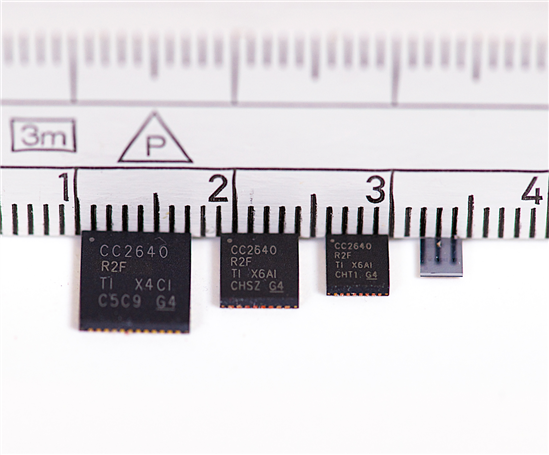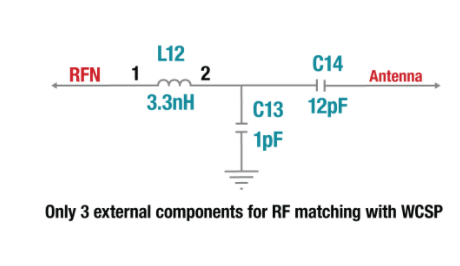SSZT685 june 2018 CC2640R2F
I’m sure you’ve been guilty of this at some point. You walk onto an airplane and try to jam your luggage into the overhead compartment. You push, wiggle and grimace, but the bag isn’t budging, and now there’s a line of frustrated travelers behind you. Since you can’t change the size of airplane bins, only a smaller suitcase will alleviate the hassle.
Unfortunately, airplane travel isn’t the only time that space constraints can cause a headache. Working on a printed circuit board (PCB) design with tight dimensions can be just as difficult.
As products are becoming smarter and faster, they are also becoming smaller. This sounds like a win-win: the consumer gains more features in a sleeker form factor and the manufacturer saves cost on a smaller PCB, product enclosure and packaging. But smaller products add an additional challenge to hardware designers, who have a limited budget in the x/y plane and are often faced with a slim height requirement. It’s much like airplane overhead compartments – if you can’t change the product dimensions, you have to choose the smallest components to fit the board.
Let’s take a look at a few examples of connected products with tight space constraints. In the medical field, various wireless patient monitors and patches need to be as unobtrusive as possible on the skin. Likewise, any wearable applications such as fitness products, smartwatches or pet trackers have limited form factors. Another example is an all-in-one radio frequency (RF) module that can span various product skews: the tinier the size, the increased ability for design reuse. All of these applications will benefit from size-optimized PCBs and can leverage wafer chip-scale packages (WCSPs) such as TI’s SimpleLink™ CC2640R2F (Figure 1).
 Figure 1 CC2640R2F Package Offering
Includes Tiny WCSP
Figure 1 CC2640R2F Package Offering
Includes Tiny WCSPThe CC2640R2F is the industry’s smallest wireless microcontroller (MCU), capable of supporting all of the features of Bluetooth® 5. The WCSP offering has a tiny 2.7mm-by-2.7mm footprint and provides an ultra-thin package that’s only 0.575mm high. The CC2640R2F has a complete WCSP reference design available with a 38mm2 footprint, including crystal and passives. Additionally, with CC2640R2F WCSP, you only need three external components for RF matching (single-ended, internal bias), which can provide a cost reduction to the system bill of materials (Figure 2).
 Figure 2 RF Matching for CC2640R2F
WCSP
Figure 2 RF Matching for CC2640R2F
WCSPThe next time you’re faced with a Bluetooth low energy board design in a space-constrained environment, it doesn’t have to cause stress; leveraging TI’s CC2640R2F WCSP will minimize your PCB size and can take your design to new heights.